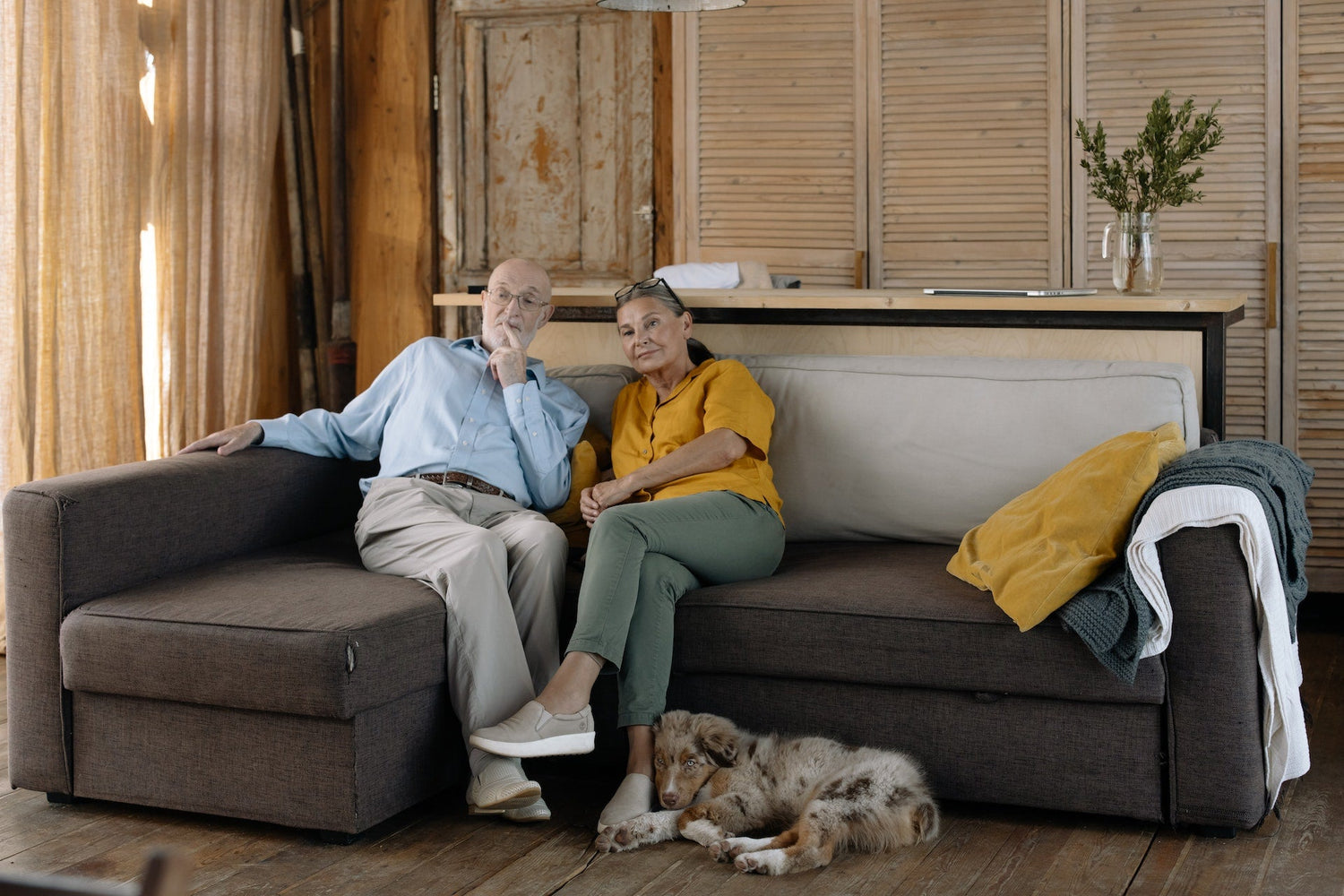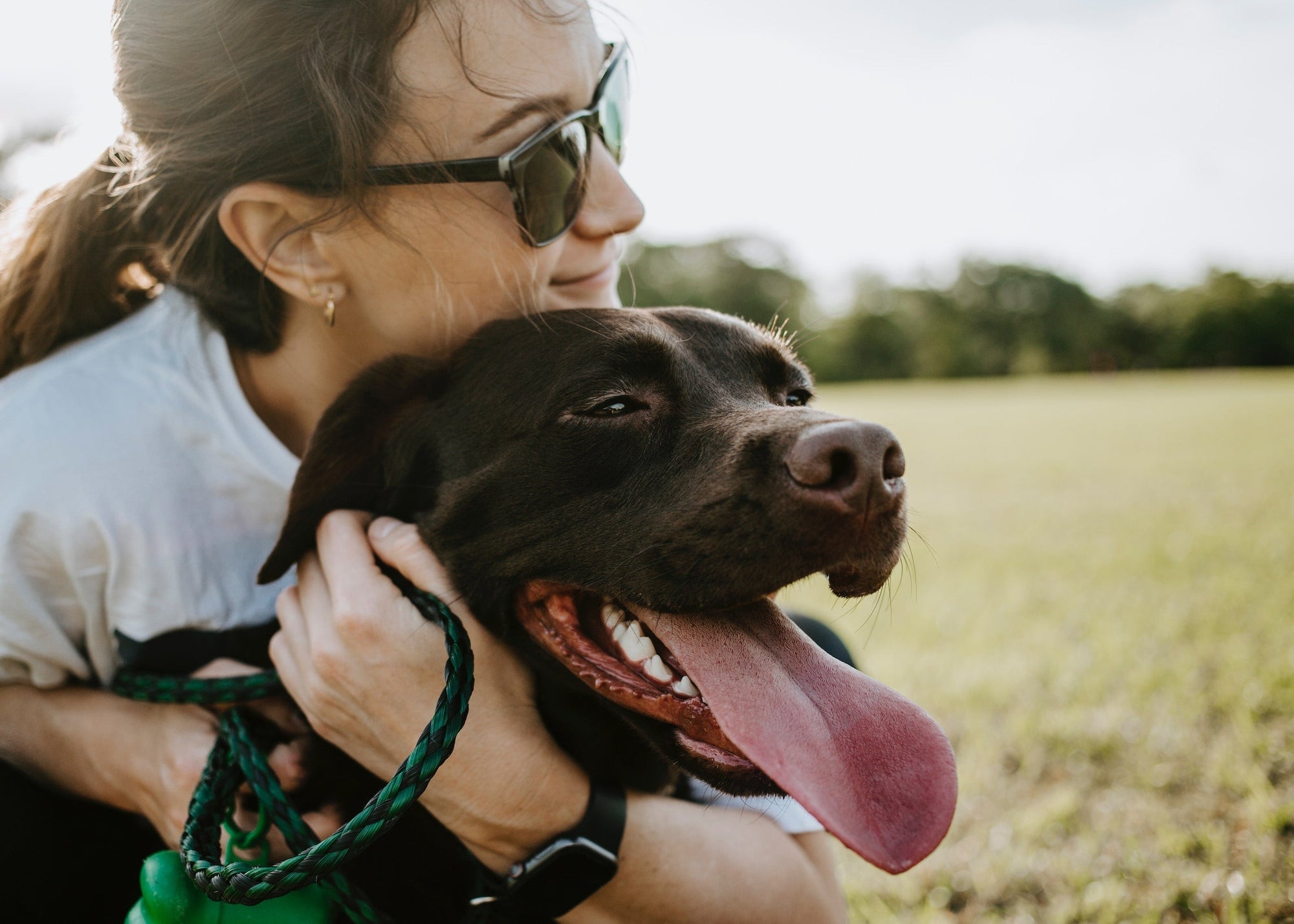As pet parents, we share a deep emotional bond with our furry companions. After all, they're not just pets – they're family. But have you ever stopped to think about what would happen to your dog if something were to happen to you? It's a difficult topic to consider, but it's crucial for the wellbeing of your four-legged friend.
In this post, we'll guide you through 5 essential steps you can take to ensure your dog is well-cared for, even if you unexpectedly pass away. From choosing a caregiver to legal arrangements, we'll cover everything you need to know to give you peace of mind.

1) Choose a Caregiver
Selecting a responsible and willing caregiver is the first important step in planning for your dog's future. This person should be someone who can provide a stable home environment and is capable of caring for your pet in the way you would. For example, if your dog is used to daily walks and playtime, the caregiver should be physically able to maintain this routine.
In addition to the primary caregiver, it's wise to name backup caregivers. Life is unpredictable, and your first choice might move, develop allergies, or face other life changes that make them unable to care for your dog. Having a list of two or three backup caregivers ensures that your pet will have a home, no matter what.
It's also a good idea to consider last-resort options like sanctuaries or pet retirement homes as a safety net. Although they might not be your first choice, it's comforting to know that your dog will have somewhere safe to go if all else fails.
2) Create a Written Agreement
A handshake or verbal agreement is not enough as people forget, and circumstances change. That's why it's crucial to have a written agreement that serves as a formal record of the caregiver's responsibilities.
This document should detail everything from medical care and dietary needs to exercise routines and grooming. To give an example, if your dog has specific dietary needs because of allergies, it's important to clearly state this in the agreement.
Having a written agreement also minimizes the risk of misunderstandings or disputes down the line. It can serve as a reference point for the caregiver, helping them understand exactly what's expected of them. You can even include a "Pet Resume" that provides additional information about your dog, such as their medical history, likes and dislikes, and any quirks or special needs they may have.
3) Make Financial Plans
Caring for a dog comes with a range of expenses, including food, vet visits, grooming, and toys. To make the transition smoother and ensure your pet receives the care they deserve, it's a smart move to set aside a financial reserve for your dog's caregiver.
One simple way to do this is by setting up a separate savings account specifically for pet care expenses. You can then make arrangements to give the caregiver access to the account in the event of your passing.
Be cautious about leaving an unreasonably large sum, as this could raise eyebrows or even be contested by family members. Consulting a financial advisor can help you determine a reasonable amount that adequately covers your dog's needs without causing disputes.
4) Consider Legal Arrangements
While a written agreement and financial preparations are essential, it's vital to make sure these arrangements are legally binding. This means creating a will or trust that explicitly outlines your wishes for your dog's care and includes any financial arrangements you've made. This step is where you can take all the love and care you've poured into the previous steps and cement them into a legally sound plan.
- Pet trust. Think of a pet trust as a safety deposit box for your dog's future. It's a legal structure that can be as detailed as you like, specifying everything from daily routines to yearly vet checkups. If you've already set aside a financial reserve in Step 3, a pet trust can manage these funds, distributing them as needed for your dog's care.
- Will provision. Including your pet in your will is another option, but it comes with its own set of challenges. For instance, a will only takes effect after you've passed away and has to go through probate – a process that can be time-consuming. While it may not offer the same level of detail as a pet trust, it's a step above having just a written agreement.
- DIY pet protection agreement. If you're looking for a simpler route, there are do-it-yourself pet protection agreements available online. These can act as a legally binding extension of the written agreement from Step 2, specifying a caregiver and outlining how the financial reserve you've set up should be used.
Consulting a legal advisor can help you navigate the complexities of these options. Each has its pros and cons, and what works best will depend on your specific circumstances. Whether you choose a pet trust for thoroughness or a DIY agreement for simplicity, the important thing is to make your wishes legally binding. This way, you can ensure your dog receives the care and love they deserve.
5) Keep Everyone Informed
The final step in ensuring your dog's future is as comfortable as possible is to keep all parties in the loop. This includes not just the primary and backup caregivers but also family members, friends, and even your vet. Transparency is key in this situation. The more people who are aware of your plans, the smoother the transition will be for your dog.
Start by sharing the written agreement from Step 2 with your chosen caregivers. This ensures that they fully understand their responsibilities and what's expected of them. It's also a good idea to provide them with any passwords or access codes they might need to care for your pet, such as entry to your home or access to the pet care savings account you've set up in Step 3.
Next, inform close family members and friends about your plans. This is especially important if you've included provisions for your dog in your will or trust, as outlined in Step 4. The more people who are aware of your wishes, the less likely there will be disputes or misunderstandings after you're gone.
Lastly, don't forget to inform your vet about your plans. Provide them with the contact information of the designated caregiver so that there's no disruption in your dog's medical care. Your vet can also offer valuable advice on how to make the transition easier for your dog, both emotionally and physically.
By keeping everyone informed, you're not just planning for the worst. You're ensuring that your dog will continue to be loved and cared for, no matter what life brings.
Have You Done All You Can for Your Dog's Future?
Nobody wants to believe that they won't always be there for their furry family member. But it's a possibility that we all have to face. By following these five steps, you can rest assured knowing that you've done everything in your power to provide for your dog's future.
So, take the time to choose the right caregivers, create a written agreement, make financial and legal preparations, and keep everyone informed. It may not be an easy topic to think about, but it's a necessary one for your dog's wellbeing.
Want more information about providing for your pet’s future without you? Check out this useful factsheet from The Humane Society of the United States.



